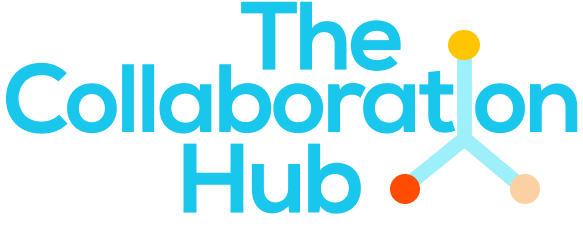 Ways of Working
Ways of Working
Collaborative working practices
Facilitating co-creation
Working collaboratively is central to effective partnerships. Co-creating activities and ideas enables the partnership to make the most of each organization's strengths and leverage the unique opportunities the combination delivers.From the start of identifying the opportunity, to the end of the project, partners will need to co-design and co-create.
Co-creation is an intentional, collaborative design approach that brings people together to produce a mutually valued outcome, using a participatory process with shared power and decision-making.
The 5Ws (Who, What, When, Where, Why) can guide your co-creation strategy (USAID reference).
There is no one size fits all approach; adapt co-creation to the circumstances, considering power imbalances, differing agendas, changing contexts, and decision-making processes.
There are ways of working that facilitate this:
- Co-creation workshops: where all partners can contribute ideas and discuss their perspectives. Use creative methods to ensure that all partners can contribute equally, such as brainstorming, dot voting, and clustering exercises.
- Centralised partner portal: Implement a user-friendly shared platform with a search feature to provide easy access to resources and transparent communications, reducing reliance on emails.
- Leverage technology: Use collaborative digital tools and platforms to facilitate data sharing, and real-time updates. This is particularly useful for MLE.
- Joint planning tools: such as shared documents, project management software, and virtual whiteboards to co-create in real-time.
- Regular check-ins: to review progress, address challenges, and make necessary adjustments. This keeps everyone aligned and engaged.
- Ongoing dialogue mechanisms: Establish advisory panels, reflective sessions, focus groups, forums and polls or surveys, for continuous engagement and feedback from different stakeholder groups. This ensures the collaboration remains responsive to emerging challenges and opportunities in transforming gender norms.
- Allow reflection: It is best practice to allow people to reflect on ideas over multiple days during co-creation.
- Timeline alignment: Ensure timelines accommodate the different capacities and schedules of each partner, allowing for flexibility where needed.
